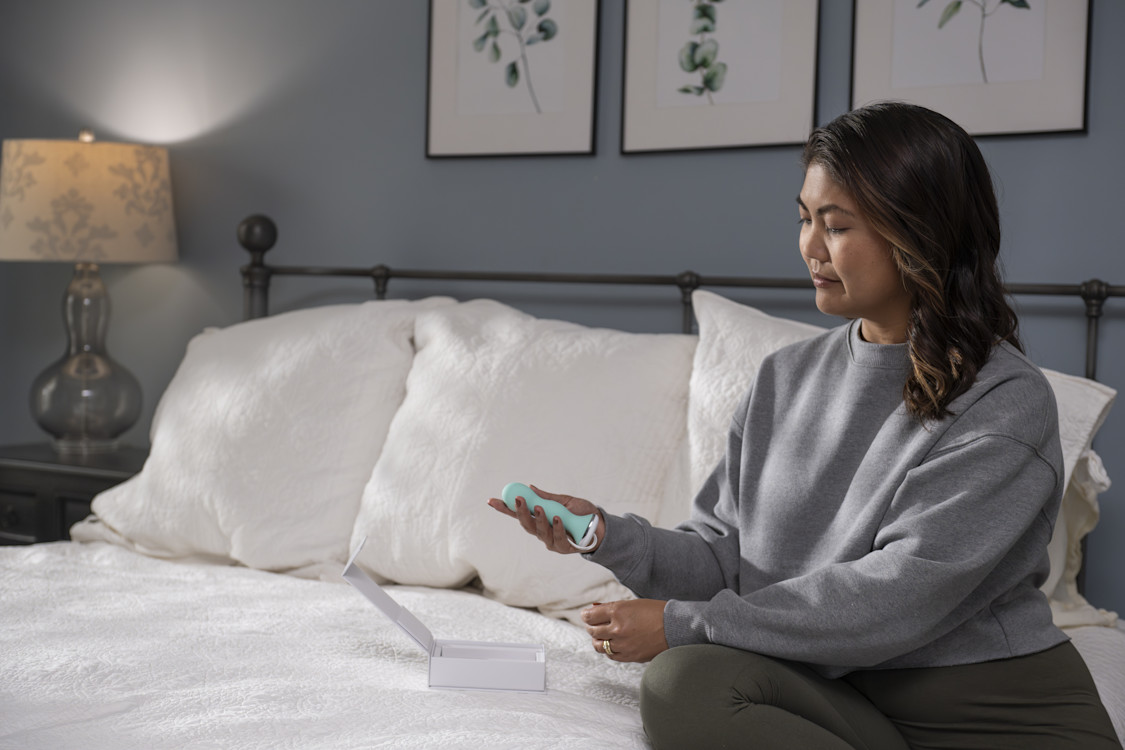¿Qué hay que saber sobre el entrenador pélvico Hinge Health y si deberías probarlo?
Infórmate sobre el entrenador pélvico Hinge Health, cómo funciona, cómo puede ayudar a tus síntomas pélvicos y cómo saber si un entrenador pélvico es adecuado para ti.
$0 costo para usted
Fecha de Publicación: Mar 25, 2024
El índice
Fully Covered Pelvic Care
Find relief from pelvic pain, leakage, muscle weakness, & more.
Check if I'm eligible